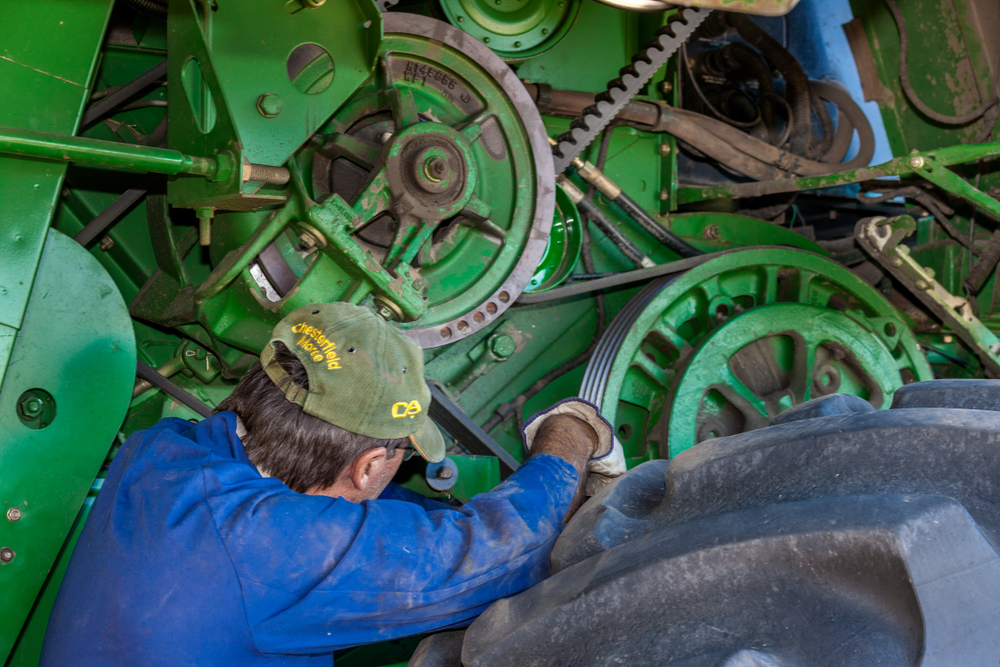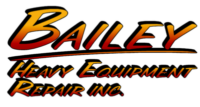The Harvest Hangover: Why Now Is the Time to Replace Your Equipment’s Worn Parts

As another harvest season comes to a close, many farmers in Oregon find themselves facing what is often called the harvest hangover. This is the period after the last crop has been brought in when fatigue sets in, but it is also the time when farm equipment repair and inspection become critically important. After months of heavy use, agricultural machinery parts are often stressed, worn, or even broken. Waiting until next spring to deal with these issues can result in unexpected breakdowns, higher costs, and delayed planting schedules.
In Lexington, OR and across Eastern Oregon, farming families know that their equipment is the lifeblood of their operations. From tractors to combines, each machine plays a vital role in keeping production on track. When worn parts are not replaced in the fall, the risk of downtime during the busiest times of the year skyrockets. This is why the post-harvest season is the perfect opportunity to create and follow a detailed Post-harvest equipment maintenance checklist. By doing so, you ensure that every piece of machinery is prepared for storage, ready for service, and reliable for the next planting season.
The Value of Timely Equipment Service
Agricultural equipment service is more than just tightening bolts or changing oil. It involves taking a proactive approach to maintaining the integrity of each machine. For farmers in Oregon, scheduling service during the fall has distinct advantages. Local repair shops and parts suppliers in Lexington and the surrounding area tend to have more availability in the off-season compared to the peak of spring or summer. This makes it easier to get tractors, combines, and other essential machinery repaired without long waits.
Replacing heavy equipment wear parts in the fall also allows for cost savings. Ordering agricultural machinery parts in Eastern Oregon before the next rush ensures that you can find what you need before demand spikes. Moreover, identifying issues early gives you time to make more affordable repairs rather than waiting until a complete system failure requires expensive replacements. When equipment service is delayed, minor wear can evolve into significant damage, cutting into both profits and productivity.
By prioritizing farm equipment repair now, you are making an investment in efficiency. A well-maintained tractor in the spring means you can plant on time. A combine that has been serviced properly ensures smooth harvesting without breakdowns. The cost of service is far outweighed by the value of knowing your equipment will perform when you need it most.
Why Worn Parts Can’t Wait
Every farmer has seen what happens when machinery parts wear down over time. Bearings, belts, blades, and hydraulic components all experience strain during harvest. Ignoring the signs of wear and tear is risky, especially when you depend on these machines to run day after day in challenging conditions. Agricultural machinery parts do not fail all at once; they degrade gradually until a breaking point is reached. That breaking point almost always comes at the worst possible moment.
In Lexington, OR and across rural farming communities, access to parts may not be immediate if you wait until the peak season. By addressing replacements in the fall, you avoid the panic of waiting for shipments or paying rush fees. Farmers who use a Post-harvest equipment maintenance checklist know that this process helps identify which parts need attention right away. Replacing heavy equipment wear parts in the fall prevents small cracks, leaks, or bends from escalating into system-wide problems.
Another factor to consider is safety. Tractors and other machinery with compromised parts pose risks not only to productivity but also to the operator. Ensuring that parts are up to standard reduces the chance of accidents caused by malfunctioning systems. A fall inspection and replacement routine is as much about protecting people as it is about protecting profits.
Building Your Post-Harvest Maintenance Routine
To get the most out of your machinery, you should establish a clear maintenance routine immediately after harvest. This routine should include cleaning, inspecting, repairing, and replacing as necessary. While each farm has its own unique setup, the principle remains the same: do not let your equipment sit idle through the winter with unresolved problems.
A Post-harvest equipment maintenance checklist might begin with tractors, which are often the workhorses of the farm. Tractor repair for next season should include fluid changes, filter replacements, tire inspections, and a thorough check of electrical systems. Heavy equipment like combines, balers, and seeders should also be inspected for wear on blades, belts, and moving parts. Storing clean, serviced equipment not only prevents deterioration during the winter but also ensures that you start the spring season on the right foot.
In Oregon’s varied climate, protecting machinery from moisture and freezing temperatures is crucial. Storage facilities should be dry and ventilated, but beyond storage, it is the condition of the machinery itself that matters most. Farmers who perform equipment service and parts replacement before winter are far less likely to experience startup problems in the spring.
Preparing for Next Season’s Success
While it might feel tempting to put off farm equipment repair until the first signs of spring, this approach can cost valuable time and money. Farmers in Lexington and across Eastern Oregon understand that preparation is half the battle when it comes to agricultural success. Replacing heavy equipment wear parts in the fall ensures that when the fields are ready, your machinery is ready too.
The agricultural cycle is relentless, and the time between harvest and planting passes quickly. Waiting until the busy season to handle repairs risks missing key windows for planting or harvesting. By investing in agricultural machinery parts and tractor repair for next season during the fall, you set yourself up for efficiency, reliability, and peace of mind.
This is especially true for multi-generation farms that depend on equipment running at peak performance year after year. A proactive approach also sets an example for the next generation of farmers, showing that taking care of machinery is not an afterthought but a cornerstone of successful farming.
Conclusion
The harvest hangover does not have to mean downtime or neglect. Instead, it is the ideal time for farmers in Oregon, particularly in Lexington and throughout Eastern Oregon, to focus on equipment service and the replacement of worn parts. A thoughtful Post-harvest equipment maintenance checklist allows you to address immediate needs, order necessary agricultural machinery parts, and prepare your tractors and other machinery for next season.
Replacing heavy equipment wear parts in the fall is not simply about fixing what is broken. It is about preventing future breakdowns, saving money, improving safety, and ensuring that every machine is ready to deliver when it counts. Tractor repair for next season, combine servicing, and part replacements now create a foundation for success in the months ahead.
By treating the post-harvest period as a time of preparation rather than a break, farmers can turn the harvest hangover into an opportunity. The choices made now will determine how smoothly the next season begins, how efficiently the fields are managed, and how well the farm’s machinery holds up under pressure. Investing in equipment service today guarantees productivity tomorrow, ensuring that when the next season arrives, your farm is ready to thrive.
